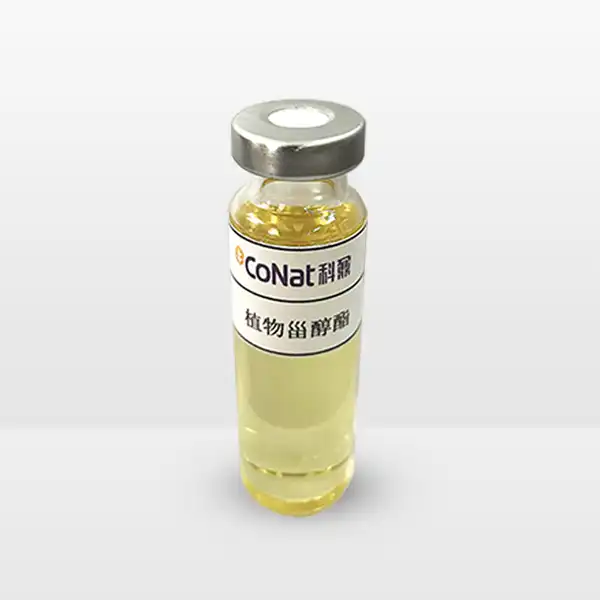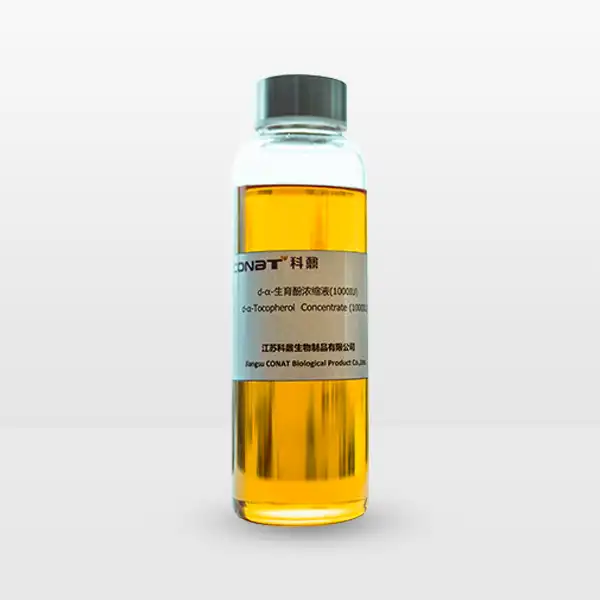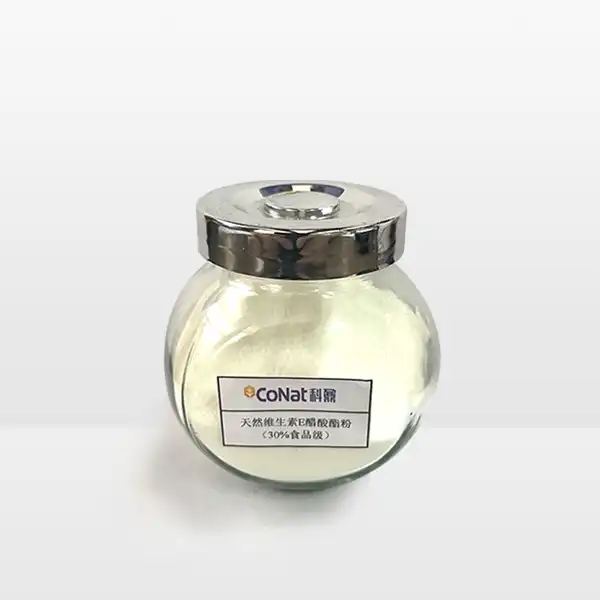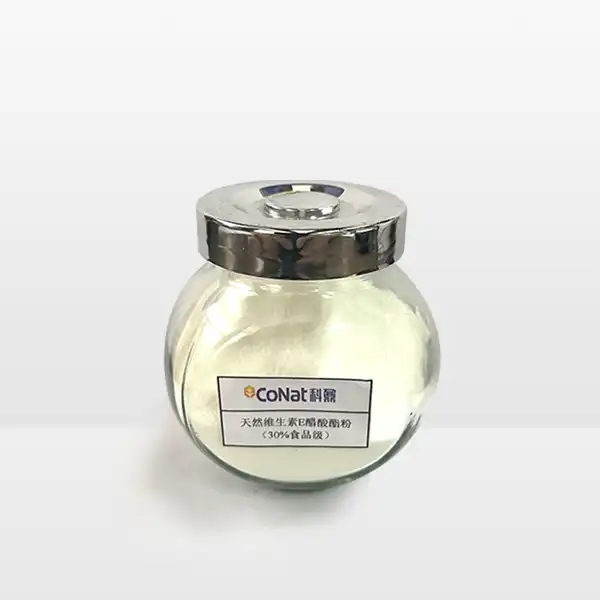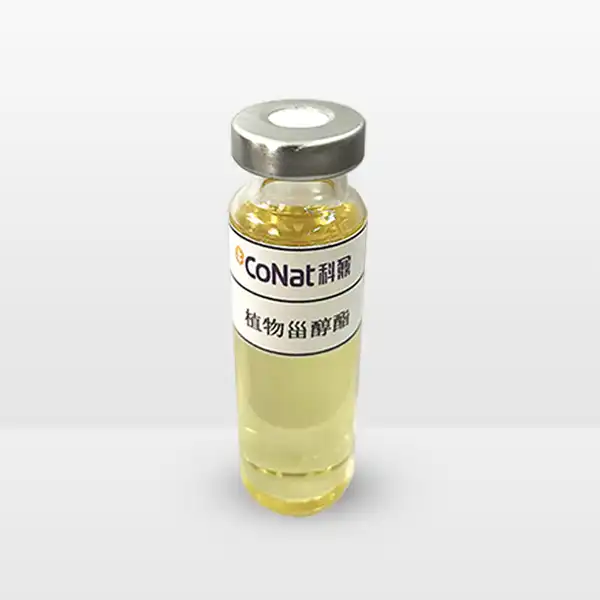- English
- French
- German
- Portuguese
- Spanish
- Russian
- Japanese
- Korean
- Arabic
- Greek
- German
- Turkish
- Italian
- Danish
- Romanian
- Indonesian
- Czech
- Afrikaans
- Swedish
- Polish
- Basque
- Catalan
- Esperanto
- Hindi
- Lao
- Albanian
- Amharic
- Armenian
- Azerbaijani
- Belarusian
- Bengali
- Bosnian
- Bulgarian
- Cebuano
- Chichewa
- Corsican
- Croatian
- Dutch
- Estonian
- Filipino
- Finnish
- Frisian
- Galician
- Georgian
- Gujarati
- Haitian
- Hausa
- Hawaiian
- Hebrew
- Hmong
- Hungarian
- Icelandic
- Igbo
- Javanese
- Kannada
- Kazakh
- Khmer
- Kurdish
- Kyrgyz
- Latin
- Latvian
- Lithuanian
- Luxembou..
- Macedonian
- Malagasy
- Malay
- Malayalam
- Maltese
- Maori
- Marathi
- Mongolian
- Burmese
- Nepali
- Norwegian
- Pashto
- Persian
- Punjabi
- Serbian
- Sesotho
- Sinhala
- Slovak
- Slovenian
- Somali
- Samoan
- Scots Gaelic
- Shona
- Sindhi
- Sundanese
- Swahili
- Tajik
- Tamil
- Telugu
- Thai
- Ukrainian
- Urdu
- Uzbek
- Vietnamese
- Welsh
- Xhosa
- Yiddish
- Yoruba
- Zulu
How Alpha Tocopherol Succinate Can Enhance Your Product's Shelf Life and Consumer Appeal?
Alpha tocopherol succinate, a potent form of vitamin E, has emerged as a game-changing ingredient in product formulation and preservation. This powerful antioxidant not only extends shelf life but also adds significant value to consumer products through its multifaceted benefits. As manufacturers and brands increasingly seek natural solutions for product stability and enhancement, alpha tocopherol succinate stands out for its exceptional properties and versatility in various applications. The compound's growing popularity in the industry stems from its ability to meet both technical requirements and consumer preferences, making it an invaluable tool in modern product development strategies. Its applications span across various sectors, including cosmetics, pharmaceuticals, and food products, where stability and natural preservation are paramount concerns.
What Makes Alpha Tocopherol Succinate More Effective Than Other Forms of Vitamin E?
Alpha tocopherol succinate distinguishes itself from other vitamin E forms through its unique molecular structure and enhanced stability. This esterified form of vitamin E demonstrates superior bioavailability and antioxidant capacity compared to its counterparts. The succinate group attachment provides exceptional stability during processing and storage, making it particularly valuable for commercial applications. The chemical modification of the molecule creates a perfect balance between stability and functionality, resulting in a compound that excels in both preservation and bioactive properties.
The effectiveness of alpha tocopherol succinate lies in its ability to maintain potency under various environmental conditions. Unlike natural tocopherols, which can degrade when exposed to heat, light, or oxygen, the succinate form remains stable even under challenging circumstances. This stability translates to longer-lasting antioxidant protection and better preservation of product quality. The compound's resistance to degradation has been demonstrated in numerous stability studies, showing minimal loss of activity even after extended storage periods under stress conditions.
Research has shown that alpha tocopherol succinate exhibits enhanced cellular uptake compared to other vitamin E derivatives. This improved absorption means that lower concentrations can achieve the same or better results, making it a cost-effective choice for manufacturers. Additionally, its fat-soluble nature allows for better integration into various formulations, ensuring uniform distribution and consistent protection throughout the product. The enhanced bioavailability is particularly beneficial in skincare and nutritional products, where the efficient delivery of active ingredients is crucial for product efficacy.
In industrial applications, this form of vitamin E has demonstrated remarkable versatility. It can be incorporated into both water-based and oil-based systems, making it suitable for a wide range of products. Its stability in different pH environments further expands its applicability across various formulation types. The compound's compatibility with common excipients and other active ingredients makes it an ideal choice for complex formulations where stability and interaction between components are critical considerations.
How Does Alpha Tocopherol Succinate Impact Product Stability and Oxidation Prevention?
The role of alpha tocopherol succinate in product stability and oxidation prevention is multifaceted and scientifically proven. As a powerful antioxidant, it works by neutralizing free radicals that would otherwise trigger chain reactions leading to product degradation. This protection mechanism is particularly crucial for products containing sensitive ingredients such as unsaturated fatty acids, natural colorants, and bioactive compounds. The compound's ability to interrupt oxidation cascades at multiple points provides comprehensive protection against various degradation pathways.
In practical applications, alpha tocopherol succinate creates a protective barrier against oxidative stress. This protection extends beyond simple preservation – it helps maintain product color, texture, and sensory characteristics throughout the shelf life. For manufacturers, this means fewer returns due to product deterioration and increased customer satisfaction. The preservation of organoleptic properties is particularly valuable in premium products where consistency and quality are essential differentiators in the market.
The compound's ability to prevent oxidation is especially valuable in formulations containing multiple ingredients. It acts synergistically with other antioxidants, creating a comprehensive defense system against various forms of degradation. This multi-level protection ensures that products maintain their intended properties and effectiveness from production to consumption. The synergistic effects have been documented in numerous studies, showing enhanced protective effects when alpha tocopherol succinate is combined with other natural antioxidants.
Furthermore, alpha tocopherol succinate's stability profile means it continues to provide protection even under challenging storage conditions. This resilience is particularly valuable for products that may be exposed to varying temperatures or light conditions during transportation and storage. The compound's effectiveness in preventing oxidation remains consistent, ensuring product quality regardless of environmental factors. This stability has been demonstrated through accelerated aging studies and real-time stability assessments across various product categories.
Why Should Manufacturers Consider Alpha Tocopherol Succinate for Natural Product Preservation?
The growing consumer demand for natural and clean-label products has placed alpha tocopherol succinate at the forefront of natural preservation solutions. As a vitamin E derivative, it aligns perfectly with clean-label initiatives while delivering robust preservation capabilities. This natural approach to product stability addresses both consumer preferences and regulatory requirements. The compound's status as a naturally derived ingredient provides manufacturers with a compelling story to share with increasingly ingredient-conscious consumers.
Manufacturers choosing alpha tocopherol succinate benefit from its dual functionality as both a preservative and a beneficial ingredient. Unlike synthetic preservatives that may raise consumer concerns, vitamin E carries positive health associations and can be marketed as an added value ingredient. This dual benefit makes it an attractive choice for products targeting health-conscious consumers. The ability to promote both preservation and functional benefits creates unique marketing opportunities and potential premium positioning for products incorporating this ingredient.
In the context of natural preservation, alpha tocopherol succinate offers several advantages over traditional preservatives. It works effectively at lower concentrations, has no negative impact on product organoleptic properties, and contributes to the overall nutritional profile of the product. These characteristics make it particularly suitable for premium and natural product lines. The compound's effectiveness at lower concentrations also provides cost advantages and simplifies formulation processes.
Jiangsu CONAT Biological Products Co. Ltd. has further enhanced these benefits through their superior manufacturing processes. Their alpha tocopherol succinate products stand out for their exceptional quality markers: low pesticide residues, low benzo[a]pyrene levels, low mineral oil content, and light color. These characteristics make their products particularly suitable for premium applications where purity and quality are paramount. The company's commitment to quality control and sustainable production practices ensures consistent product performance and reliability.
The stability of alpha tocopherol succinate in various formulations allows manufacturers to maintain clean labels while ensuring product longevity. This natural preservative approach can be particularly valuable in organic and natural product certifications, where synthetic preservatives are restricted or prohibited. The compound's versatility in different formulation types enables manufacturers to develop innovative products while maintaining their commitment to natural ingredients and clean labels.
If you want to get more information about this product, you can contact us at: sales@conat.cn.
References
1. Journal of Agricultural and Food Chemistry. (2023). "Stability Studies of Alpha Tocopherol Derivatives in Food Systems."
2. International Journal of Pharmaceutical Sciences. (2023). "Comparative Analysis of Vitamin E Forms in Commercial Applications."
3. Food Chemistry. (2022). "Natural Preservatives in Modern Food Processing: A Review."
4. Antioxidants & Redox Signaling. (2023). "Mechanisms of Antioxidant Protection in Food Systems."
5. Critical Reviews in Food Science and Nutrition. (2022). "Clean Label Preservation Strategies in Food Industry."
6. Journal of Food Processing and Preservation. (2023). "Evolution of Natural Preservatives in Food Industry."
7. Food Research International. (2022). "Innovation in Food Preservation: Natural Alternatives."
8. Trends in Food Science & Technology. (2023). "Consumer Preferences for Natural Preservatives."
9. European Journal of Lipid Science and Technology. (2022). "Oxidation Prevention in Food Systems."
10. Comprehensive Reviews in Food Science and Food Safety. (2023). "Natural Antioxidants in Food Preservation."
